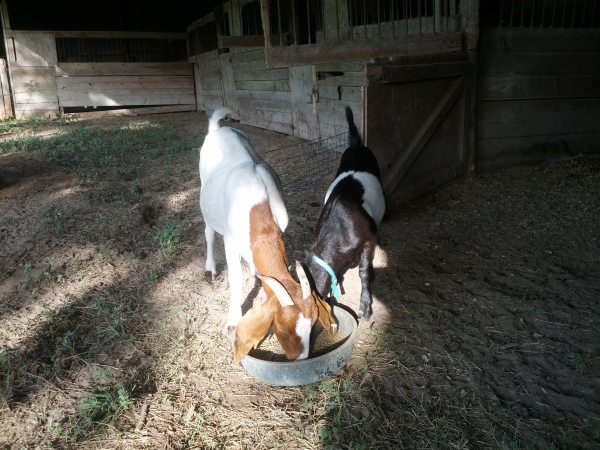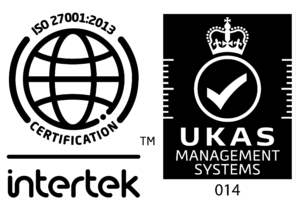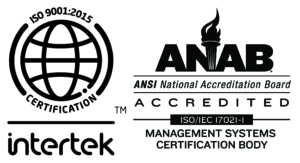Intrinsic Safety and your LDAR Technicians
In our last blog, I ended by pointing out that when the Intrinsic Safety of LDAR equipment is compromised, very bad things can happen. The worse of these things is that the Technicians who are asked to use the analyzers are put at risk.
For everyone who has seen an improperly repaired VOC analyzer start to smolder, smoke, burst into flames or explode, two things are crystal clear:
- THIS is why EPA and OSHA regulations, industry standards, site policies, union contracts and best practice disciplines all REQUIRE that electrically-driven and hydrogen-fueled machines are designed, built, maintained and operated to be intrinsically safe; and
- The idea of one of these unplanned events (which is the nicest way I can say “exploding VOC analyzer”) occurring while the instrument is in a backpack being worn by a technician who is climbing a ladder is terrifying.
While we are aware of a number of potentially catastrophic (for the analyzer) failures, so far, we know of no injuries or serious damage to property. Our industry is not going to always be so lucky.
Before we go any further, it is imperative to highlight the fact that all of the analyzers in VOC service in North America today are built to the highest standards of safety and assurance. Each and every failure of which we are aware was associated either with an unauthorized repair or the use of an unauthorized part (such as an aftermarket battery). A technician working with an a analyzer that has been certified by an approved, independent third party organization to be intrinsically safe and has been properly maintained and, when necessary, repaired by authorized personnel in a certified setting, is as safe as he, or she, can be.
It is when the maintenance and repairs have been performed by unauthorized personnel, perhaps with unapproved parts, that an extraordinary hazard enters the picture. Each LDAR technician, under the best of circumstances, works in an inherently hazardous situation. Adding the risk of a flame or explosion to her analyzer, and then strapping it to her back, is beyond the pale.
Only a concern about the cost and time required to have the analyzer repaired properly can lead one into that sort of temptation.
In a recent meeting, someone asked me how many of the VOC analyzer in LDAR service today did I think had been compromised by what are coming to be known as “bootleg repairs.” I was both candid and sincere, when I said “I don’t know, but I think we will all find out that there are way too many of them- the first time someone gets hurt- or worse.”
In the end, that is what this is all about.
Meet Sam and Dobbie- the shop goats. Yes, we have goats.






Leave a Reply
Want to join the discussion?Feel free to contribute!